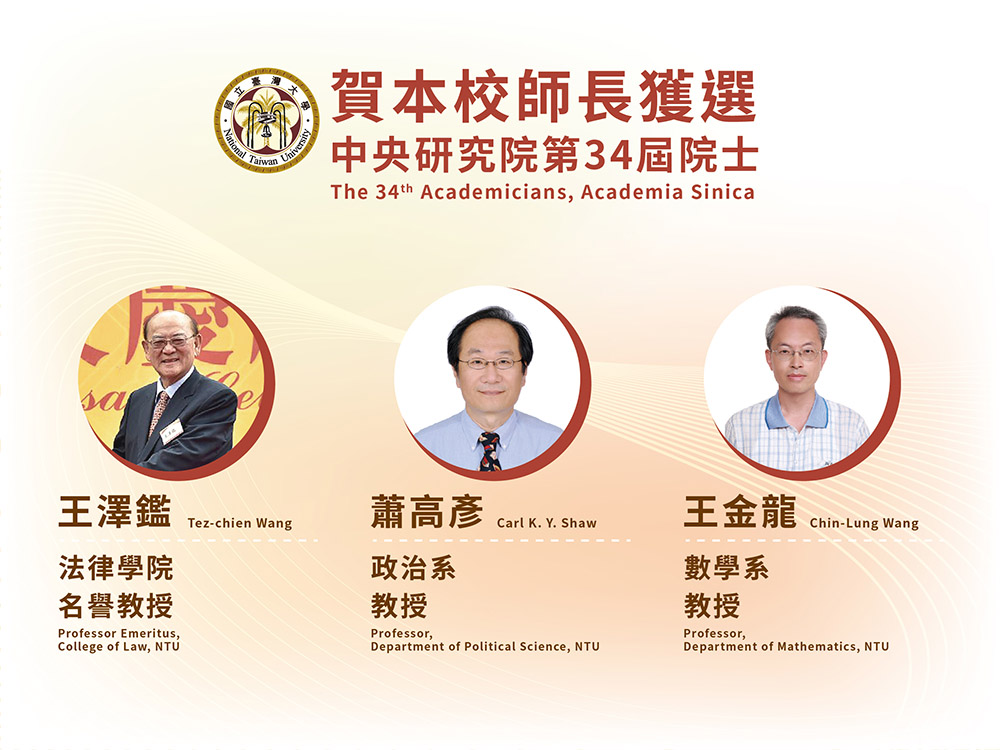
NTU Opening Ceremony: “Where Creativity and Dreams Take Flight”
瀏覽器版本過舊,或未開啟 javascript
請更新瀏覽器或啟用 javascript
Spotlights
The morphological characteristics of the type specimen of Toyotamaphimeia taiwanicus and some cranial features (described in the latest research article by Cho and Tsai (2023) on Toyotamaphimeia taiwanicus)
Reconstruction image of Tomistoma taiwanicus (Created by Mobeichi)
Associate Professor Cheng-Hsiu Tsai, Associate Professor in the Department of Life, along with his master’s degree graduate, Yi-Yang Cho from the Institute of Ecology and Evolutionary Biology, conducted a research project spanning over four years. Their study unveiled the discovery of the largest known reptile in Taiwan’s natural history and a unique Taiwanese species of crocodile fossil: Toyotamaphimeia taiwanicus. The research findings have been published in Journal of Paleontology, issued by the Paleontological Society in the United States.
Crocodiles are rarely discussed in the context of Taiwan’s biodiversity. However, in fact, over half a century ago, in 1972, the first endemic species of crocodile in Taiwan was named. It was Tomistoma taiwanicus, which existed during the Pleistocene and is now extinct. This species was initially described by Japanese paleontologist Tokio Shikama. Additionally, a crocodile fossil specimen discovered in Tainan is currently housed at the National Museum of Nature and Science in Japan. Unfortunately, the existence and significance of the Taiwan Malay Crocodile have not received much attention in Taiwan.
Prof. Tsai brought back the type specimen of Tomistoma taiwanicus from the National Museum of Nature and Science in Japan to conduct further research. The findings revealed that the so-called Tomistoma taiwanicus was not a member of the Tomistoma genus but rather a completely extinct species called “Toyotamaphimeia.” Interestingly, the name Toyotamaphimeia is derived from a princess in Japanese mythology who transformed into a crocodile, so it can be said that Taiwan now has its own “Crocodile Princess.” Detailed analysis results confirmed significant morphological differences between this type specimen and the only known specimen from Osaka, Japan. As a result, the name was revised to “Toyotamaphimeia taiwanicus.”
Further analysis and estimation of the size of Toyotamaphimeia taiwanicus have revealed that it could reach a length of up to 7 meters. This makes it even larger than the currently known largest living saltwater crocodile in the world. These findings align with Prof. Tsai’s earlier research published in Science earlier this year, which addressed the issue of large-scale extinctions of organisms in Taiwan. The forthcoming results of paleontological research are expected to shed light on the issues and causes of biological extinctions in Taiwan, providing a broader perspective for addressing climate change and the ongoing sixth mass extinction crisis.
The research findings have been published in Journal of Paleontology on June 29, 2023. Read the journal article:https://doi.org/10.1017/jpa.2023.36.

NTU Opening Ceremony: “Where Creativity and Dreams Take Flight”

Prof. Wei-Shiung Yang wins MOE National Excellent Teacher Award

NTU College of Public Health's Global Health Program Joins the Association of Schools of Public Health in the European Region

NTU hosts a successful dg.o 2024

Congratulations to NTU faculty members elected as 34th AS academicians
Current Spotlights